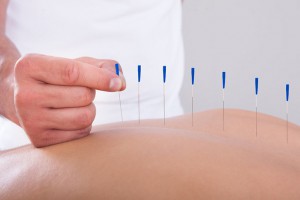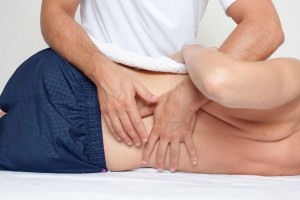What is a Sports Chiropractic
Sports Chiropractic is a branch of chiropractic that blends traditional chiropractic methods, with muscle release, dry needling, strapping and exercise rehabilitation. Sports chiropractors work closely with physiotherapists, sports doctors, and specialist to keep active people active. Sports chiropractors, are trained in the management of neck, back, hip, knee, ankle, shoulder, elbow, and wrist injuries.
The association overseeing the professional competency of sports chiropractor is Sports Chiropractor Australia (SCA).The common thread of all SCA members, is the passion of keeping active Australians active. The vision statement of SCA is.
“To enhance the health of physically active Australians through chiropractic care and to increase integration and cooperation with others in sports healthcare”
2018 Sports Chiropractic Symposium Gold Coast
April 2018 saw the gathering of sports chiropractors, for the 2018 Sports Chiropractic Symposium. The theme for the seminar was assessment, treatment and management of arm wrist and elbow injuries . We where lucky enough to learn from sports chiropractor Ed Trimmings, who is part of olympic gold medalist Valerie Adams consultancy team.
The weekend was the first step in a 3 year process for the International Federation of Sports Chiropractic (FICS) ICCSP qualification. ICCSP is the minimum qualification required to be part of a sports chiropractic delegation at an international event such as regional and world championships, the world games or the Olympics.
Both SCA and the International Federation of Sports Chiropractic ensure that there members deliver the highest standards for injury management.





